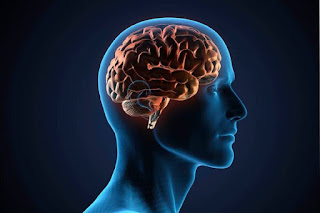A brief overview of the brain
A brief overview of the brain
The human brain is a highly complex organ, made of countless neurons and fibers; white matter and gray matter; lobes and glands. These structural components give the brain its form, but the way they connect with each other gives the brain its function.
Until recently, scientists could only really study one aspect (structure or function) of the brain at a time. But now, scientists from several disciplines have worked together to study brain structure and function simultaneously and offer a new atlas for studying the whole brain at once.
A new study published in Scientific Reports combines the best of several disciplines: neuroscience, image processing, and network theory. Researchers evaluated the brains of healthy adults to analyze the brain’s structural components and their functional activities. Diffusion images provided information about structural connections and functional magnetic resonance images provided information about resting state functions. The data were combined to develop a brain atlas that reveals structural and functional organization and emphasizes the importance of the connections between anatomy and function.
This new atlas will be particularly useful in studying disorders of the central nervous system. Many disorders, including head injuries and neurodegenerative diseases, are structural in origin ( an actual loss of fibers), but the structural changes can lead to functional changes. Other disorders such as headache or epilepsy are functional in origin, but these functional alterations can lead to structural loss over time. Ultimately, structure-function information will support earlier diagnoses of neurological disorders.
Humans use an estimated 20% of their energy to establish and maintain connections in the brain that allow it to function properly and complete everything from basic metabolic functions to complex cognitive tasks, so it is critical for us to understand the nuances of the way that form affects function and function affects form. The new structure-function atlas is paving the way for more studies of aging or unhealthy brains that will allow us to do just that.



Your website is very beautiful or Articles. I love it thank you for sharing for everyone. $2,000 dental benefits
ReplyDelete